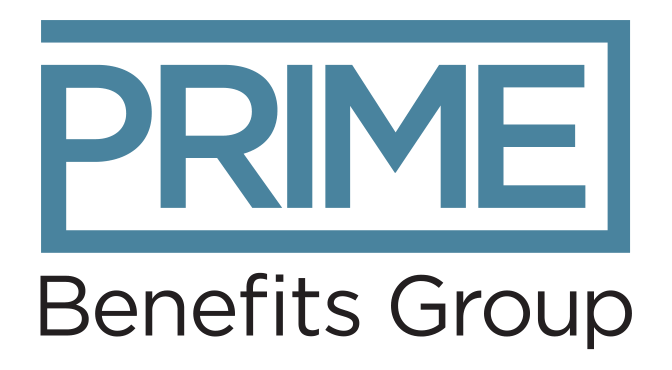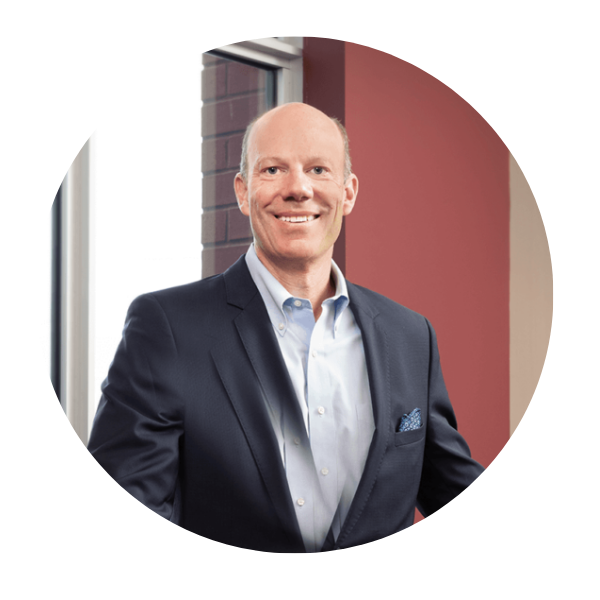- Have a question?
- 613-89-Prime (77463)
- 1-866-950-3667
- info@primebenefitsgroup.com
Why Employers Should Include Decumulation Planning in Benefits Plans


Today’s retirees are redefining what it means to move from saving to living, with flexible work, smart withdrawals and long-term confidence.

Dave Dickinson
Senior Partner & Co-Founder, PRIME Benefits Group
Most benefit plans are built for the saving years. Very few prepare us for what comes next.
Canadians are living longer and retiring later. Nearly 9 in 10 people say retirement today feels more complicated than it used to. Almost half expect to postpone it altogether because of rising costs. When many picture retirement, they don’t see a finish line. They see a gradual transition toward flexible work or passion projects.
This is changing how people think about money. Canadians now believe they’ll need just over $1 million to retire comfortably. That’s more than double what they thought 20 years ago. They know they’re likely to live well into their 80s, but many still underestimate how long that might actually be.
With longer lives and higher costs ahead, it’s no wonder people are cautious about how and when they spend their savings. Many retirees are withdrawing less from their workplace plans than in previous years, choosing to take only the minimum earlier in retirement. Add in rising costs, market volatility and economic uncertainty, and it’s easy to see why confidence is fragile.
Today, more than one in five workers is over 55, and many say they can’t afford to retire. For others, the fear of running out of money keeps them in the workforce longer than they ever expected. Canadians are planning for longer, more expensive retirements, but with less confidence about how to make their money last.
What This ‘Decumulation Shift’ Means for Employers
Financial stress doesn’t clock out at 5 p.m. It follows employees into work through delayed retirements, lower engagement and uncertainty about the future. Helping your team members feel secure about their retirement income can strengthen loyalty and make succession planning smoother.
It’s also a competitive edge. Mid-career professionals are already thinking about how their savings will translate into income. Employers who show they care about life after retirement stand out as long-term partners.
Research also shows plan members who are digitally connected to their retirement accounts hold balances more than twice as high as those who aren’t. They tend to contribute more and are twice as likely to take advantage of employer matching programs. In short, employees who understand their plan make better use of it.
How to Build Confidence Through Decumulation Planning
- Keep employees connected to your plan after they retire. Many group retirement plans now allow members to move assets into a group Registered Retirement Income Fund (RRIF) or Life Income Fund (LIF), or make partial withdrawals while keeping the rest invested. This continuity makes the transition from saving to spending smoother and keeps retirees connected to group pricing and trusted advice.
- Make financial education part of your regular benefits communication. Turning savings into income isn’t simple. Offer financial wellness and educational resources that walk through how to manage withdrawals, taxes and timing. Include income calculators and retirement-ready checklists in your annual benefits guide to normalize the conversation early.
- Add options that provide predictable income without locking people in. Consider features like variable payment life annuities or group decumulation funds. These tools let retirees draw a steady income while keeping a portion invested for growth. They balance security with flexibility.
Retirement Is No Longer a Finish Line
Retirement is a long, evolving stage of life that calls for planning and support.
If you’re ready to make decumulation planning part of that journey, let’s start the conversation. Connect with us today so we can help your team move confidently from saving to living.